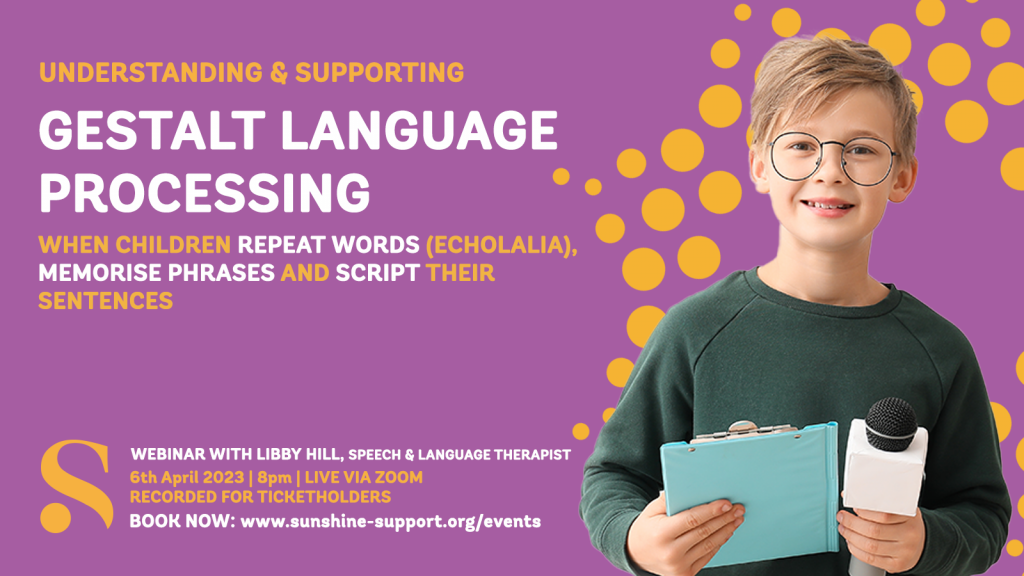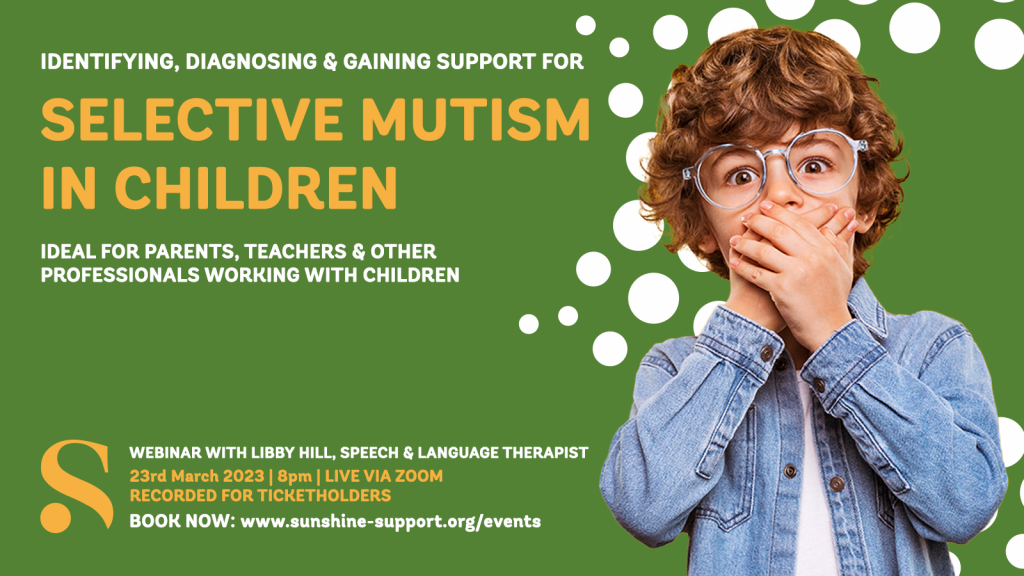A long time ago…
According to anthropologists, our human ancestors have walked the earth for over 6 million years (although there is much MUCH debate over this…). In that time, we have adapted, changed, and evolved. We have emerged from caves and built houses, cathedrals and cities. We have established laws and countries and appointed leaders. Yet despite all the progress and change over the millions of years we still share aspects of biopsychology (fancy word for how the brain, and other biology influence our behaviours, thoughts, and feelings) with our ancient ancestors – including masking and fawning.
All animals on Earth have a survival response or a “danger detector” if you prefer. In biological terms, this part of the brain is called the ‘amygdala’. When danger is detected through our senses (sight, sound, smell, taste, and touch) the “danger detector” is activated, alarm bells ring and we enter survival mode.
So, for example, a caveman is minding his own business drawing horses on the walls of his cave and pondering how to go about establishing a patriarchal society, then suddenly he hears a yowl of a mammoth.
As the danger is detected, the caveman’s brain begins to prepare his body for a survival response. The “danger detector” sends a signal to release chemicals (mostly adrenalin and cortisol – otherwise known as stress hormones). This causes his heart to pump faster to increase circulation, so he can run faster and fight harder, and his breathing to become rapid to send more oxygen to the brain and limbs.
Quickly his instincts decide whether to fight, flight, freeze or fawn.
Does the caveman fight the mammoth, run away from it, freeze and hope it doesn’t notice him or fawn and invite him in for a snack?
You might be thinking, how does this at all related to the modern day. Well, I will admit it is unlikely that you will come face to face with a mammoth any time soon… The point is we still have that same survival instinct but the way it presents itself has changed. Let’s take a deeper look at masking and fawning…

Masking and Fawning
Masking is a form of “social camouflage” where a person adapts their behaviour in order to be accepted in an environment.
Fawning is an attempt to avoid conflict by appeasing people.
Both masking and fawning are both extremely common in neurodiverse people as it is a way for them to hide their neurodiverse behaviours and appear what is deemed to be “normal”. Therefore, it has been proposed that masking and fawning are just modern-day survival instincts. Instead of mammoths, we feel the fear and anxiety that comes from the possibility of being rejected which causes our survival response to kick in. We adapt to fit a situation in order to survive what we perceive as danger.
Common Signs of Masking:
- learning social cues from observing people and media
- mimicking gestures
- adjusting tone of voice to match other people’s
- observing other people’s interactions
- hiding stimming behaviours
- developing a repertoire of rehearsed responses or questions
- hiding personal interests
- forcing eye contact, conversation, social interaction
Common Signs of Fawning:
- Constantly attempting to please and appease others
- Requiring the thoughts and emotions of others in order to dictate your own thought’s an emotions
- A lack of personal identity
- Having an inability to say “no”
- Ignoring your own beliefs, ideas and values and following other people’s
As you can see many of these signs are not easy to spot in a person. The very nature of masking is to hide behaviours which results in many children, young people and adults appearing to be okay but in reality they are not.
The Toll of Masking and Fawning on Mental Health and Wellbeing
As you can imagine, consistently masking your identity/behaviours has a huge toll on your mental health and wellbeing. The statistics of depression, anxiety and emotional exhaustion in neurodiverse people are significantly higher compared to those who are neurotypical.
To get a personal insight into the effects of masking and fawning on mental health I spoke to our very own Rea Banks. Rea has a diagnosis of autism and is very open about her personal experience in life. (Click here to watch Rea’s very empowering video series).
“At the beginning of University I was forcing myself to be too social, and it was having a negative effect on me in terms of mental health where I got to the point where I could hardly talk and function. This educational psychologist explained it to me, he said it’s like a social battery. So, if you have a device with a battery, you run it down, and at some point you have to stop and let it charge… And that should be the same as yourself. So, you find things that will run down your battery and then you have to find the things that help you fill that back up. You need to take time out for yourself and practise some sort of self-care or you’ll end up in burnout.”
How Do We Support Those Who Mask/Fawn?
Diagnosis
A diagnosis can be life changing! Many people people fear assigning a label/diagnosis to themselves or their children but I would say denying a person of the right to know who they are in potentially putting them at risk of experiencing poor mental health down the line. Once we understand who we are, we can then accept who we are. (I have whole other blog on this, click here to read!)
Resolving Trauma
As the research into the neurodiverse brain continues it becomes more apparent that it is much more sensitive and susceptible to trauma. In addition to this, masking and fawning are often associated as responses to traumatic events (not to brag but I have a blog on trauma too!). Resolving the trauma, through therapy for example, could be substantially beneficial to reducing anxiety and allowing a person to “unmask”.
Work towards a world where neurodiversity is accepted!
In the grand scheme of things we should all but working towards a world where neurodiversity is understood and accepted. A world where people do not have to mask and they can just be who they are!





